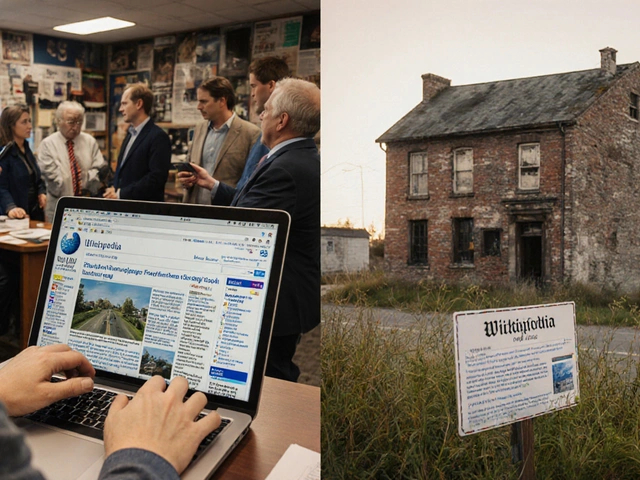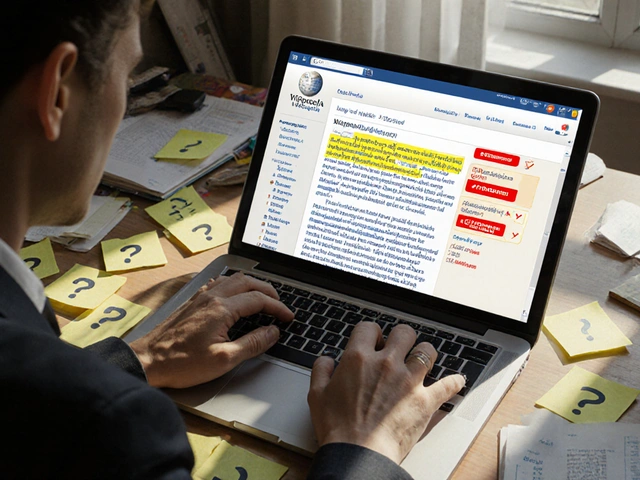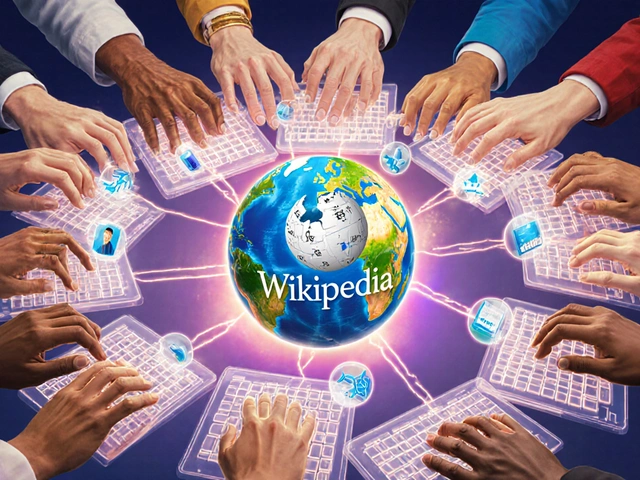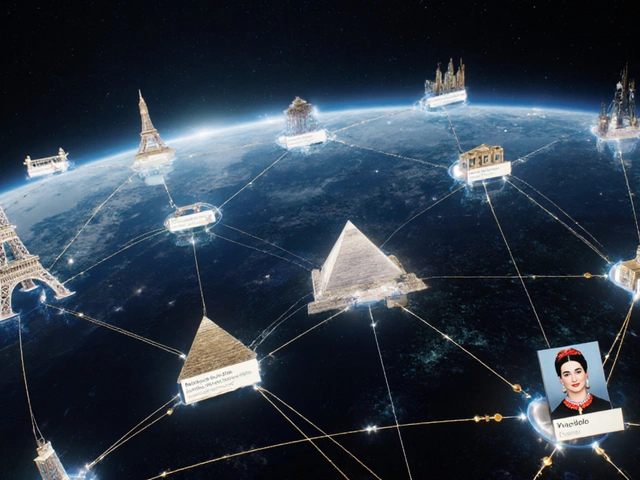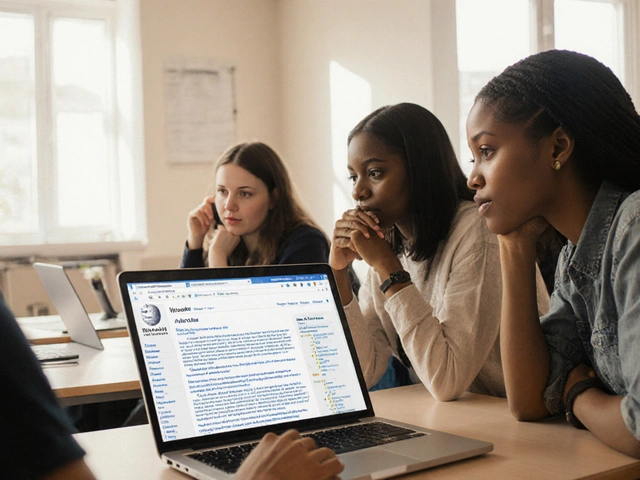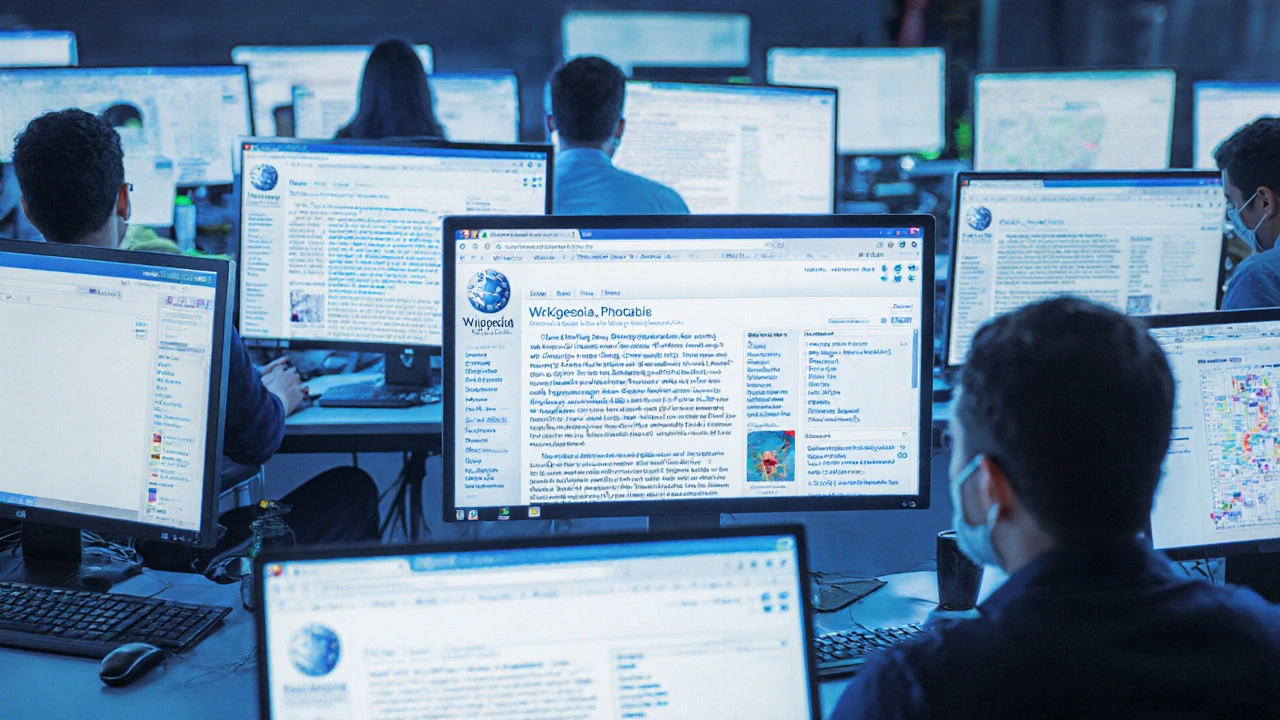
When the first cases of a mysterious pneumonia started popping up in Wuhan in late 2019, no one knew it would become a global crisis. But within weeks, Wikipedia became one of the most visited sources of information on the virus. Millions of people turned to it daily-not for opinion, not for headlines, but for facts that were updated in real time. Behind the scenes, a quiet but powerful team of volunteers was keeping that information accurate, clear, and alive. That team was WikiProject COVID-19.
How a volunteer project became a global information hub
WikiProject COVID-19 didn’t start as a grand plan. It began on January 21, 2020, when a single editor noticed that the article on "2019 novel coronavirus" was outdated and poorly sourced. Within hours, a dozen others joined. By the end of the week, there were over 200 active contributors. Within a month, it was over 1,000. These weren’t scientists or journalists. They were teachers, nurses, students, retirees, coders-all regular people with internet access and a drive to get things right.
What made this project different from other Wikipedia efforts was speed. Traditional news outlets took days to verify a single claim. Wikipedia editors were updating the same article every few minutes. If a new study came out, someone tagged it. If a government announced a new rule, someone added it. If misinformation spread, someone corrected it. And they did it all in 170 languages.
The project didn’t just write articles. It built systems. It created templates for case counts, vaccine rollout timelines, and public health guidance. It developed a color-coded alert system so editors could quickly spot articles needing urgent review. It even set up a daily coordination chat where editors from different time zones swapped updates. By March 2020, the main COVID-19 article had over 100,000 edits. It became the most-edited article in Wikipedia’s history.
Why coordination mattered more than expertise
You might think you need PhDs to write a pandemic article accurately. You don’t. What you need is structure. WikiProject COVID-19 didn’t rely on individual experts. It relied on a network of people who followed clear rules.
Every edit had to be backed by a reliable source-peer-reviewed journals, official health agencies like WHO or CDC, or government press releases. No blogs. No social media. No anonymous forums. Editors were trained to flag anything that didn’t meet this standard. If a claim couldn’t be cited, it was removed. Even if it sounded true.
And they didn’t work in silos. An editor in Brazil might update the case numbers for Latin America. Someone in India would check the vaccine distribution data. A volunteer in Germany would verify the latest mask guidelines. All of it was synchronized. If one country changed its reporting method, the whole project adjusted. That’s how Wikipedia stayed consistent when national agencies were contradicting each other.
This coordination turned chaos into clarity. In April 2020, when the U.S. CDC changed how it counted deaths, Wikipedia updated its global death total within two hours. Traditional media took days to catch up. By then, Wikipedia had already flagged the change, explained why it happened, and linked to the original data source. That transparency built trust.
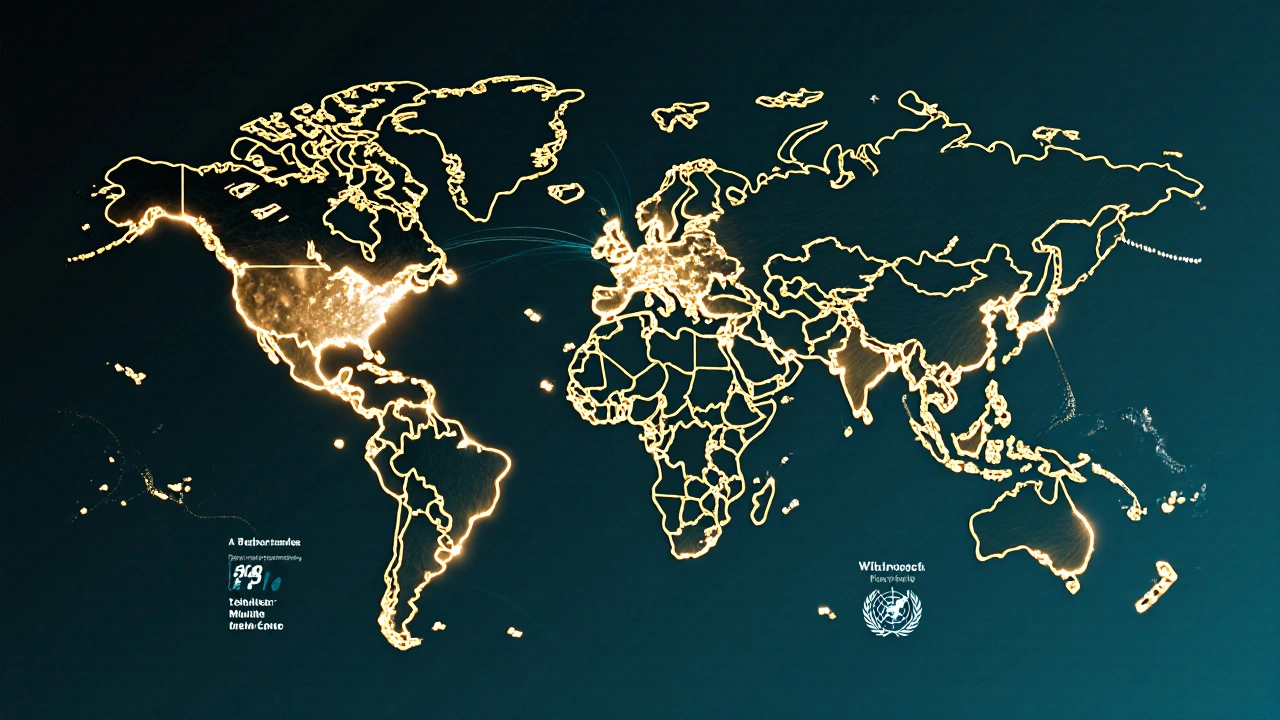
The tools that made it possible
Behind the scenes, editors used tools most people never heard of. One was the COVID-19 Dashboard, a custom page that pulled live data from official sources and displayed it in tables anyone could edit. Another was the Alert Bot, an automated script that flagged articles with outdated stats or conflicting claims. If a country’s case count hadn’t been updated in 48 hours, the bot pinged editors.
They also built a Source Bank-a shared library of vetted studies, press releases, and data sets. Instead of every editor hunting down the same paper, they could just click a link. This saved hours and reduced duplication. One editor described it as "a Wikipedia version of a newsroom wire service."
And then there was the Disinformation Tracker. As false claims spread-5G caused the virus, hydroxychloroquine was a miracle cure-editors didn’t just delete them. They documented them. They created separate pages listing the myths, where they came from, and why they were wrong. These pages became go-to resources for fact-checkers around the world.
What happened when politics got in the way
Not every edit was peaceful. In 2021, as vaccines rolled out, the article on "COVID-19 vaccine side effects" became a battleground. One group wanted to highlight rare blood clots. Another insisted the risks were overstated. Tempers flared. Edits were reverted. Talk pages filled with angry comments.
Instead of letting it spiral, the project called in its mediators. These were experienced editors trained in conflict resolution. They didn’t pick sides. They asked: "What do the studies say?" "What do the health agencies recommend?" They pulled in WHO and CDC guidance, showed the actual incidence rates, and rewrote the section to reflect both the science and the uncertainty. The result? A balanced, nuanced paragraph that said: "Rare cases of thrombosis with thrombocytopenia syndrome have been linked to adenovirus vector vaccines, occurring in about 1 in 100,000 doses. The benefits of vaccination far outweigh the risks for most populations."
That paragraph was copied by newsrooms, public health departments, and even school districts. It became the gold standard for explaining risk without fearmongering.
Lessons for any future crisis
WikiProject COVID-19 didn’t just survive the pandemic-it set a new standard for how information is handled in crises. Here’s what worked:
- Speed isn’t enough-you need structure. Volunteers moved fast, but templates and workflows kept them aligned.
- Transparency builds trust. Every change was documented. Every source was linked. No secrets.
- Local knowledge matters. A nurse in Nairobi knew how masks were being used in her community. That detail made the global article more accurate.
- Disinformation needs documentation, not just deletion. Listing myths and explaining why they’re false helped people understand how misinformation spreads.
- Neutral doesn’t mean passive. Wikipedia didn’t stay silent on false claims. It actively corrected them-with evidence.
These aren’t just Wikipedia tricks. They’re lessons for any organization trying to manage information under pressure-newsrooms, government agencies, even corporate communications teams.
What’s still broken-and what’s next
But it wasn’t perfect. Some languages still had far less coverage than others. Articles in Swahili or Bengali often lagged behind English. Volunteer burnout was real. Many editors left after two years. The project still relies on unpaid labor, and that’s unsustainable.
Now, in 2025, WikiProject COVID-19 has shifted into "post-pandemic maintenance." The main article is stable. Updates are slower. But the tools they built? They’re still running. The Source Bank is now used for monkeypox and avian flu articles. The Disinformation Tracker helped during the 2023 AI misinformation wave. The project’s playbook is being adapted for climate-related health risks and future outbreaks.
Wikipedia didn’t stop being a reference. It became a response system. And that’s the real legacy of WikiProject COVID-19: it proved that when people work together with clear rules, even the most chaotic crises can be mapped with clarity.
How did WikiProject COVID-19 handle conflicting data from different countries?
Editors didn’t try to force all countries into one format. Instead, they created country-specific subpages with localized data, linked to official sources. The main article summarized global trends while linking to regional details. If a country changed its reporting method, editors updated the subpage and added a note explaining the change-so readers understood why numbers shifted.
Were any experts involved in WikiProject COVID-19?
Yes, but not as decision-makers. Doctors, epidemiologists, and researchers did contribute-mostly by citing studies, reviewing articles, or flagging inaccuracies. But final edits were made by volunteers following Wikipedia’s sourcing policies. Expertise was used as a resource, not as authority. The rule was: if it’s not cited, it doesn’t belong.
How did Wikipedia avoid being manipulated by bad actors?
They used a three-layer defense: automated bots that flagged suspicious edits, volunteer patrols that reviewed high-traffic pages daily, and a strict sourcing policy that required peer-reviewed or official sources. Edits without citations were reverted within minutes. Even well-meaning but unverified claims-like "a new study shows…"-were removed until the source was provided.
Did WikiProject COVID-19 influence how other wikis handled crises?
Absolutely. The World Health Organization’s own wiki team adopted Wikipedia’s source bank template. The Wikimedia Foundation now trains new WikiProjects on the COVID-19 playbook. Similar projects have since formed for climate change health impacts and AI misinformation, using the same structure: templates, bots, source libraries, and volunteer coordination.
Can regular people still join WikiProject COVID-19 today?
Yes. While the emergency phase is over, the project still needs editors to maintain accuracy, update vaccine data, and monitor misinformation. Anyone with a Wikipedia account can join. You don’t need a science background-just the ability to follow sources, check dates, and stay calm when others argue. The project’s talk page is open, and new editors are paired with mentors.

